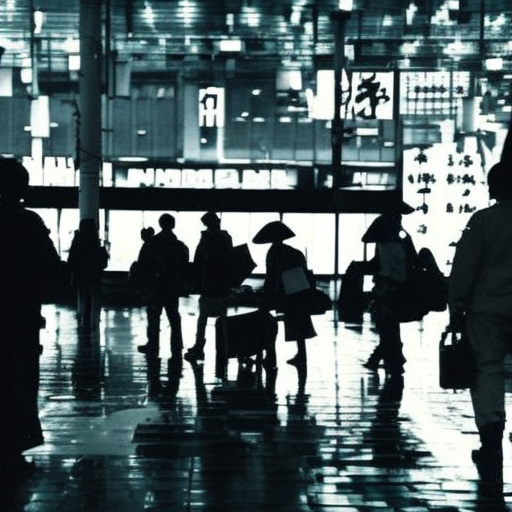Bombing of Tokyo: A Devastating Aerial Attack during World War II
The bombing of Tokyo was a series of devastating aerial attacks carried out by the United States Army Air Forces (USAAF) during World War II. The objective of these bombings was to weaken Japan’s industrial and military capabilities, as well as to demoralize the Japanese population. The most significant and destructive of these attacks occurred on the night of March 9-10, 1945, known as the Great Tokyo Air Raid.
The Great Tokyo Air Raid
The Great Tokyo Air Raid was a massive firebombing campaign that targeted Tokyo, the capital city of Japan. More than 300 USAAF B-29 Superfortress bombers dropped over 1,600 tons of incendiary bombs on the city. The attack lasted for approximately two hours and resulted in the deaths of an estimated 100,000 people, making it one of the deadliest air raids in history.
Impact and Destruction
The firebombing of Tokyo caused widespread destruction, with large areas of the city reduced to ashes. The intense heat generated by the incendiary bombs created firestorms that engulfed entire neighborhoods, causing immense loss of life and property. The bombing also targeted industrial areas, transportation networks, and military installations, severely disrupting Japan’s war effort.
Strategic Significance
The bombing of Tokyo had significant strategic implications for both the United States and Japan. From the American perspective, the raids demonstrated the effectiveness of the B-29 Superfortress bombers and their ability to carry out precision attacks on Japanese cities. It also weakened Japan’s ability to produce war materials and disrupted their transportation and communication networks.
For Japan, the bombing of Tokyo was a devastating blow that shattered the illusion of invincibility and brought the war home to the civilian population. The destruction and loss of life caused by the raids had a profound impact on the morale of the Japanese people and further eroded their support for the war.
Controversy and Debate
The bombing of Tokyo remains a subject of controversy and debate. Critics argue that the attacks were indiscriminate and caused unnecessary suffering among the civilian population. They point to the high number of casualties and the destruction of non-military targets as evidence of the brutality of the raids.
Proponents of the bombings argue that they were a necessary military tactic to bring about the swift end of the war. They contend that Japan’s refusal to surrender and their continued aggression in the Pacific theater left the United States with no choice but to resort to drastic measures to force Japan’s capitulation.
Legacy
The bombing of Tokyo left a lasting legacy on both the United States and Japan. For the United States, it demonstrated the destructive power of aerial bombardment and influenced future military strategies. The raids also paved the way for the use of atomic bombs on Hiroshima and Nagasaki later in the war.
In Japan, the bombing of Tokyo is remembered as a tragic event that claimed the lives of many innocent civilians. It serves as a reminder of the horrors of war and the devastating consequences of conflict. The memory of the bombings also played a role in shaping Japan’s post-war pacifist stance and its commitment to promoting peace and disarmament.
In conclusion, the bombing of Tokyo during World War II was a devastating aerial attack that caused widespread destruction and loss of life. The Great Tokyo Air Raid stands as one of the deadliest air raids in history, leaving an indelible mark on the collective memory of both the United States and Japan.












